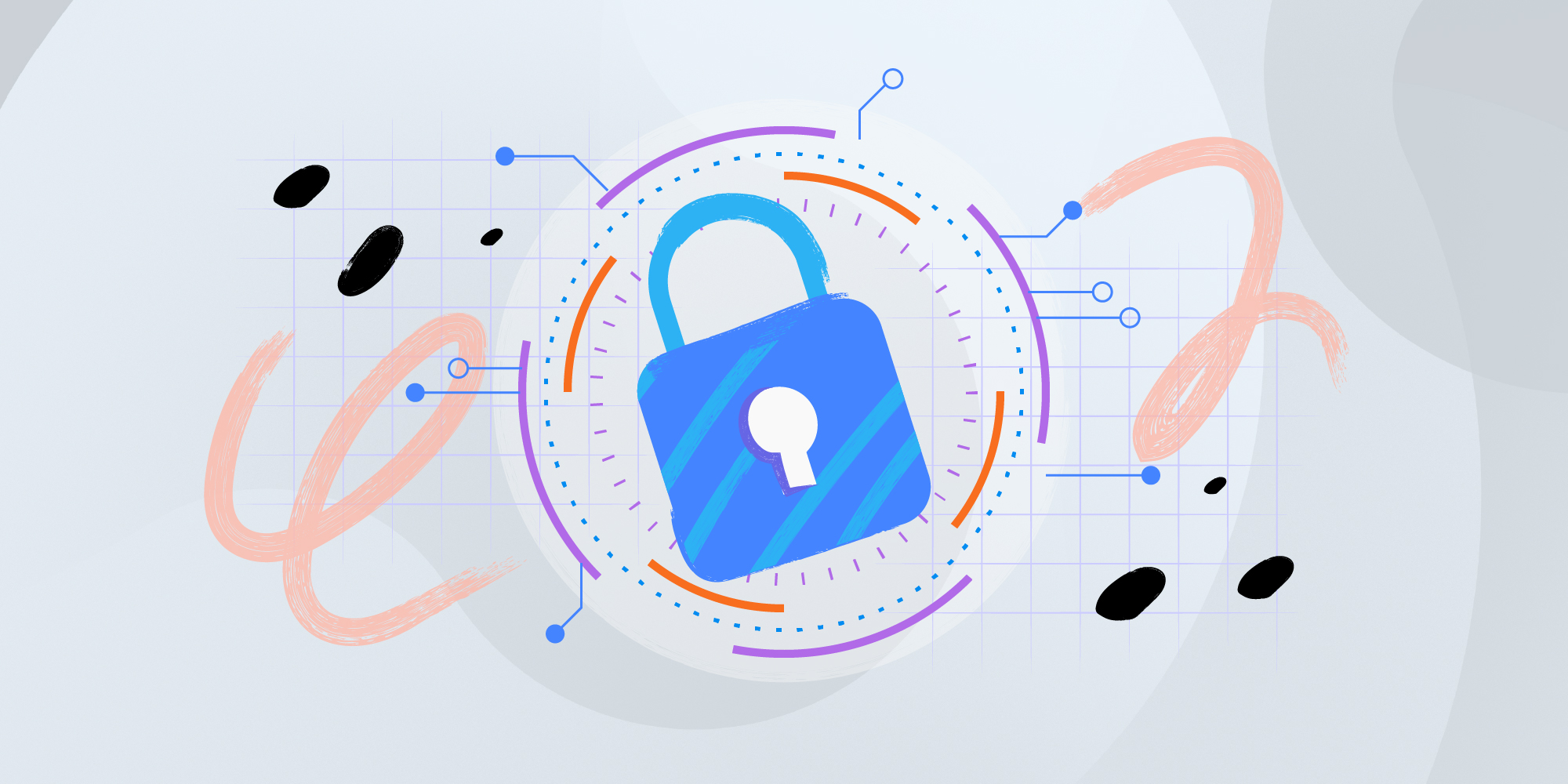When it comes to cybersecurity, staying ahead of vulnerabilities is crucial. One such high-severity threat is CVE-2024-23222, a security vulnerability that could allow attackers to execute arbitrary code. In today’s interconnected world, timely detection of these vulnerabilities can make the difference between a safe network and a major breach.InvGate Asset Management plays an essential role in identifying outdated software and detecting vulnerabilities such as CVE-2024-23222. In this article, we’ll dive deep into understanding this vulnerability and how InvGate Asset Management can help you safeguard your systems.
Understanding CVE-2024-23222
CVE-2024-23222 is classified as a high-severity vulnerability within the WebKit engine, which powers Apple’s Safari browser. This vulnerability stems from a type confusion issue in WebKit, where the system incorrectly handles objects.
The flaw can be exploited by a malicious actor to run arbitrary code on an affected device, resulting in unauthorized access or even complete system control. If left unaddressed, this vulnerability could be used in targeted attacks against Apple devices, particularly those that handle sensitive information, making it a serious threat.

Affected products and their impact on users
This vulnerability affects a range of devices, including iPhones, iPads, Macs, and Apple TVs. Devices running iOS, iPadOS, macOS, and tvOS are susceptible, specifically those using versions before the recent security patches.
Affected models include the iPhone 8 and later, iPad 5th generation and newer, and Macs running macOS Monterey or higher. Users with these devices are at risk of falling prey to attacks where malicious web content could trigger the vulnerability, potentially compromising personal data or causing further system damage.
Timely detection: A key to mitigating risks
Detecting vulnerabilities like CVE-2024-23222 is vital to reducing exploitation risks. Without timely detection, users could unknowingly expose their devices to malicious actors through everyday activities like web browsing. The vulnerability allows attackers to embed malicious code into seemingly legitimate web content, putting users at risk even before they are aware of the danger.
Regular scanning is key to proactive security, enabling organizations to catch vulnerabilities early and prevent them from escalating into serious threats.
Addressing CVE-2024-23222: Apple's response and CISA's recommendations
Apple responded quickly to CVE-2024-23222 by releasing software updates designed to patch the issue. These updates, including iOS 17.3, incorporate security fixes that eliminate the vulnerability, protecting devices from potential exploitation.
Apple encourages all users to install these updates as soon as possible to ensure the highest level of protection. Meanwhile, the Cybersecurity and Infrastructure Security Agency (CISA) has added CVE-2024-23222 to its Known Exploited Vulnerabilities Catalog, highlighting the importance of addressing this vulnerability, particularly for federal agencies and high-risk industries.
Detecting CVE-2024-23222 vulnerability using InvGate Asset Management: A step-by-step guide
 By leveraging InvGate Asset Management, you can swiftly identify devices vulnerable to CVE-2024-23222. Follow this step-by-step guide to ensure your systems are secure:
By leveraging InvGate Asset Management, you can swiftly identify devices vulnerable to CVE-2024-23222. Follow this step-by-step guide to ensure your systems are secure:
- Open InvGate Asset Management and navigate to the Assets tab.
- Filter Apple by Manufacturer. You can also filter by Operative System to narrow the search.
- Export the CSV with the complete list and prepare to update the devices at risk.
By following these steps, you can effectively locate and address vulnerabilities related to CVE-2024-23222 within your network.
Understanding the importance of software updates in mitigating CVE-2024-23222
Keeping your software up-to-date is crucial for mitigating vulnerabilities like CVE-2024-23222. Security patches provided by software vendors are designed to address known vulnerabilities and protect against potential exploits.
Without these updates, devices remain exposed to threats that could compromise their security. Regularly updating software ensures that your systems have the latest security fixes and are less likely to be exploited by attackers. It’s not just about fixing current vulnerabilities; it’s also about maintaining overall system health and resilience against evolving threats.
Implementing a Vulnerability Management program
A comprehensive Vulnerability Management program is essential for any organization aiming to protect its assets from threats like CVE-2024-23222. This program should include regular vulnerability scans, risk assessments, and a clear remediation process. By establishing a systematic approach to vulnerability management, you can ensure that vulnerabilities are detected early, assessed for risk, and addressed promptly. Key components of an effective program include:
- Regular scanning: Schedule periodic scans using InvGate Asset Management to stay ahead of potential vulnerabilities.
- Risk assessment: Evaluate the severity and potential impact of identified vulnerabilities.
- Remediation planning: Develop and implement a plan to address vulnerabilities based on their risk level.

How to educate your team on security best practices
Educating your team about security best practices is as important as having the right tools for detecting vulnerabilities. Users should be aware of common threats and know how to avoid them. Key training topics should include:
- Recognizing phishing attacks: Teach employees how to identify and avoid phishing emails and malicious links.
- Safe browsing habits: Encourage the use of secure websites and caution when downloading files or software.
- Reporting incidents: Establish a clear process for reporting suspicious activities or potential security incidents.
Regular training and awareness programs help build a security-conscious culture, reducing the likelihood of successful attacks.
Understanding the role of threat intelligence in Vulnerability Management
Threat intelligence plays a crucial role in managing vulnerabilities like CVE-2024-23222. It involves gathering and analyzing information about emerging threats and vulnerabilities to better understand potential risks. By integrating threat intelligence into your vulnerability management process, you can:
- Stay informed: Receive timely updates about new vulnerabilities and threats.
- Improve detection: Enhance your ability to identify relevant threats and vulnerabilities.
- Prioritize risks: Focus on the most critical threats based on their potential impact and likelihood.
Leveraging threat intelligence helps you stay ahead of attackers and make informed decisions about security measures.
The future of Vulnerability Management: Automation and AI
The future of Vulnerability Management is increasingly moving towards automation and artificial intelligence (AI). These technologies can significantly enhance your ability to detect and respond to vulnerabilities like CVE-2024-23222. Key advancements include:
- Automated scanning: Automate vulnerability scans to ensure timely detection and reduce manual effort.
- AI-driven analysis: Use AI to analyze scan results, prioritize vulnerabilities, and recommend remediation actions.
- Predictive analytics: Leverage predictive analytics to anticipate future vulnerabilities and threats based on current data trends.
Embracing automation and AI can streamline your vulnerability management processes and improve overall security posture.
Final thoughts
Detecting and managing vulnerabilities like CVE-2024-23222 is essential for maintaining a secure network. By utilizing tools like InvGate Asset Management and staying informed about emerging threats, you can effectively protect your systems from potential exploits.
Remember to keep your software up-to-date, educate your team on security best practices, and implement a comprehensive vulnerability management program. Looking forward, incorporating automation and AI into your security strategy will further enhance your ability to stay ahead of threats and maintain a robust security posture.
Frequently Asked Questions (FAQs)
1. What is CVE-2024-23222?
CVE-2024-23222 is a high-severity vulnerability in the WebKit engine that allows for arbitrary code execution on affected Apple devices.
2. How can InvGate Asset Management help with CVE-2024-23222?
InvGate Asset Management can identify devices using vulnerable versions of WebKit and those missing necessary security patches, helping you address the vulnerability quickly.
3. Why are software updates crucial for security?
Software updates provide patches for known vulnerabilities, helping to protect systems from potential exploits and maintain overall security.
4. What is a vulnerability management program?
A vulnerability management program involves regular scanning, risk assessment, and remediation planning to address security vulnerabilities in an organized manner.
5. How can automation and AI improve Vulnerability Management?
Automation and AI can enhance vulnerability detection, prioritize risks, and streamline remediation processes, making it easier to manage and address security threats.















